CREEPY Things that were "Normal" during World War 2
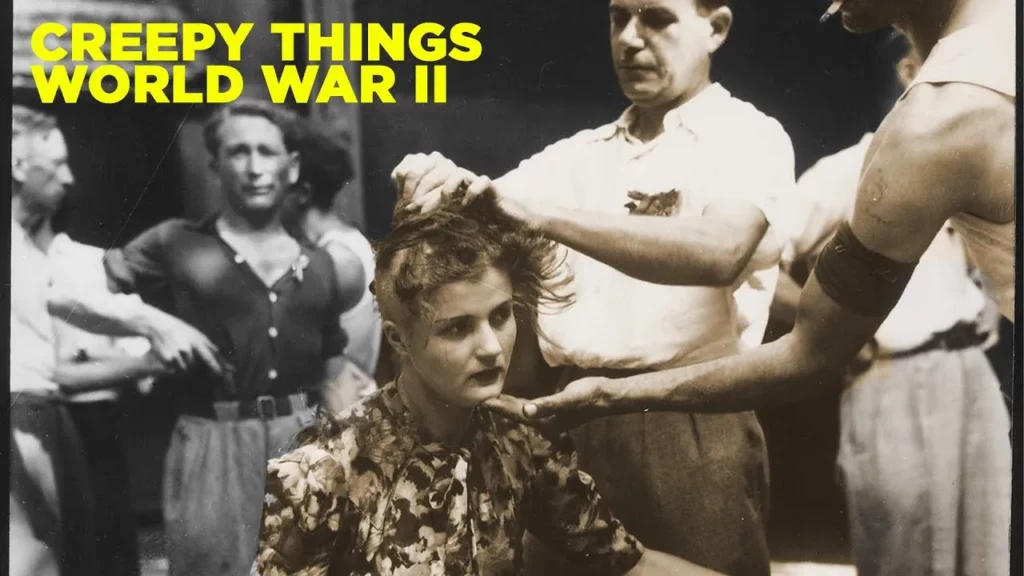
The lesson explores the unsettling yet normal practices during World War II, highlighting how rationing, blackouts, propaganda, child evacuations, and espionage shaped daily life amidst global upheaval. These practices, while strange by today’s standards, reflect the resilience and adaptability of people during a time of immense uncertainty and danger. Understanding these historical aspects provides insight into human behavior and the profound effects of conflict on society.
Abraham Lincoln's Underground Wrestling Career

The lesson explores Abraham Lincoln’s surprising wrestling career, highlighting his impressive record of 300 wins and one loss, as well as his victory in the Sangamon County Wrestling Championship. It recounts a notable match against town bully Jack Armstrong, which not only showcased Lincoln’s strength and courage but also contributed to his public image as a robust leader during his political career. Additionally, the lesson touches on the wrestling backgrounds of other U.S. presidents, emphasizing how such athleticism was viewed positively in the 19th century.
The Six Year Old Kid who fought in WW2

The lesson recounts the remarkable story of Sergey, a six-year-old boy who displayed extraordinary bravery during World War II by assisting Major Mchale’s regiment amidst a German attack. Despite his young age, Sergey took on various responsibilities, including delivering messages and alerting soldiers to enemy scouts, ultimately earning a Medal of Military Merit for his heroism. His journey from a war-torn village to becoming a cherished member of the regiment highlights themes of courage, resilience, and the impact of war on innocent lives.
People Who Were Erased From The World
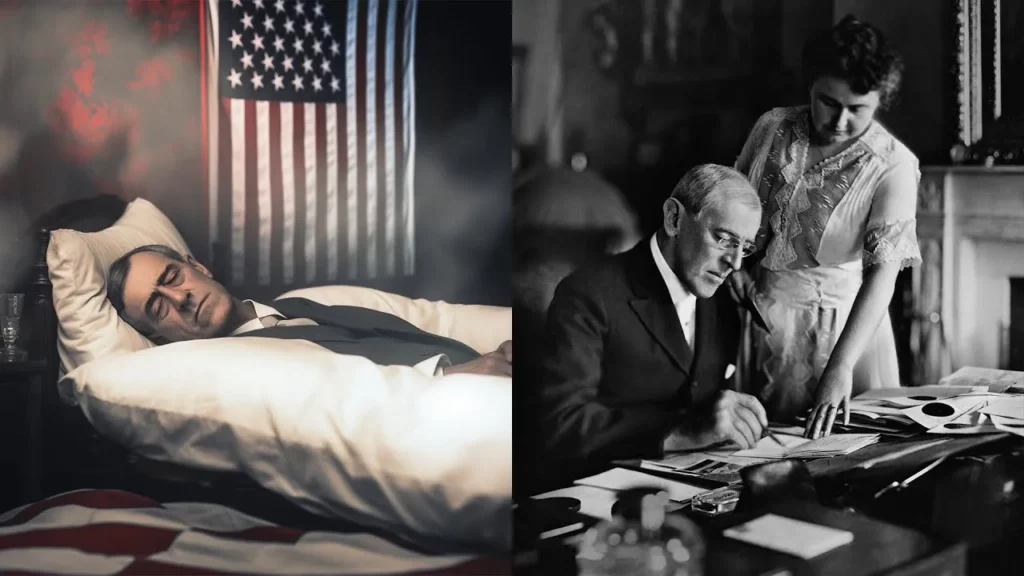
The lesson explores the concept of erasure in history, highlighting how individuals have been systematically removed from records and memory due to political conflicts, societal norms, or personal vendettas. Through examples like the Roman practice of “Damnatio Memoriae,” the Soviet purges, and the overlooked contributions of women, the lesson illustrates the fragility of legacy and the importance of remembering those who have been unjustly forgotten. Ultimately, it emphasizes that history is not just a record of events but a collection of stories that shape our understanding of the world.
Would You Survive A Witch Trial?
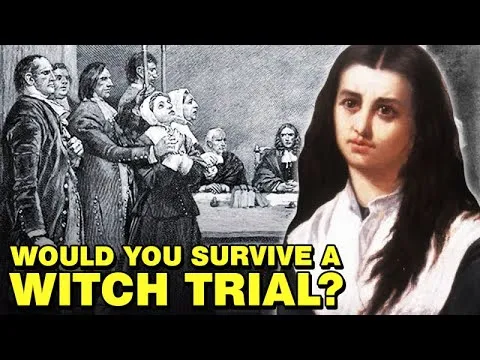
The lesson “Would You Survive A Witch Trial?” explores the harrowing experiences of individuals accused of witchcraft between the 15th and 18th centuries, highlighting the societal dynamics and legal challenges they faced. It emphasizes the arbitrary nature of accusations, the brutal methods of torture and tests used to determine guilt, and the difficult choices between confessing, enduring torture, or fleeing. Ultimately, the lesson invites reflection on the historical injustices of witch trials and the precariousness of survival in such a perilous environment.
What Happened to People of The First Empire
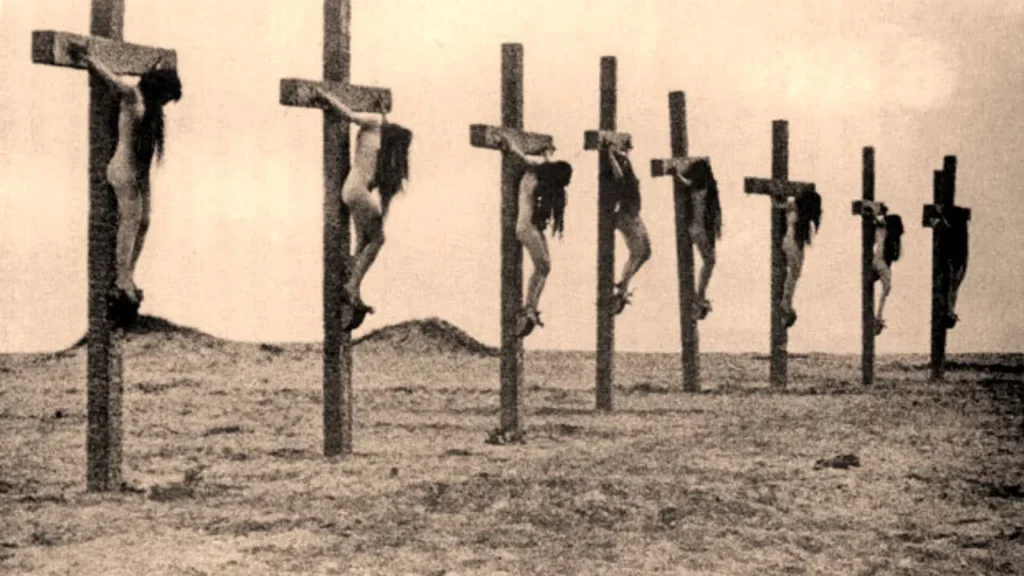
The lesson explores the tragic history of the Assyrians during World War I, focusing on the Sayfo, a systematic extermination campaign carried out by the Ottomans and Kurdish raiders between 1914 and 1918. It highlights the Assyrians’ struggle for survival amid persecution as a Christian minority in the Ottoman Empire, their resistance efforts led by Mar Benyamin Shimun, and the ongoing quest for recognition of their suffering, which remains contentious in contemporary discussions. The lesson emphasizes the importance of acknowledging these historical atrocities to understand the broader context of minority struggles within empires.
CREEPY Things That Were "Normal" for Vikings

The lesson explores the unsettling yet normalized practices of Vikings, revealing their complex society beyond the image of fierce warriors. It highlights aspects such as the slave trade, the raiding of monasteries for valuable captives, and the dark rituals involving sacrifices to their gods. Additionally, it discusses the cultural gender imbalance, the close living conditions with animals, and the potential mental health impacts of their violent lifestyle, illustrating how vastly different their world was compared to today.
What Life was Like in Casinos

The lesson explores the intriguing history and dynamics of casinos, highlighting their significant financial impact in 2022 and the glamorous yet tumultuous world of gambling. It recounts notable stories, such as the rise and fall of Vasily Melnick in Mayfair and the card-counting success of Bill Kaplan, while also touching on the ancient roots of gambling and the evolving landscape of the casino industry. Through these narratives, the lesson reveals the complex interplay of wealth, risk, and personal drama that defines the casino experience.
Weird Things that were "Normal" in Schools
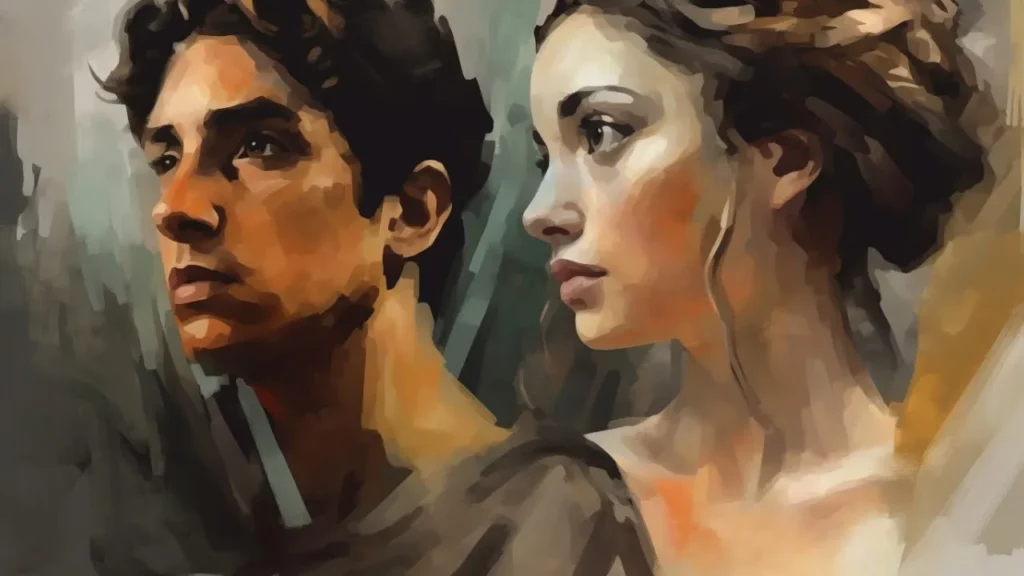
The lesson explores the diverse and often surprising educational practices from various historical contexts, highlighting how schooling has evolved over time. It examines unique systems such as the Ottoman Janissaries’ elite training, mandatory education in Aztec society, the scholarly advancements at the House of Wisdom in Baghdad, Roman educational experiences, and the rise of terakoya schools in Edo Japan. These examples illustrate that what is considered “normal” in education today has changed significantly throughout history.
The Untold Story of the Leper King: Baldwin IV
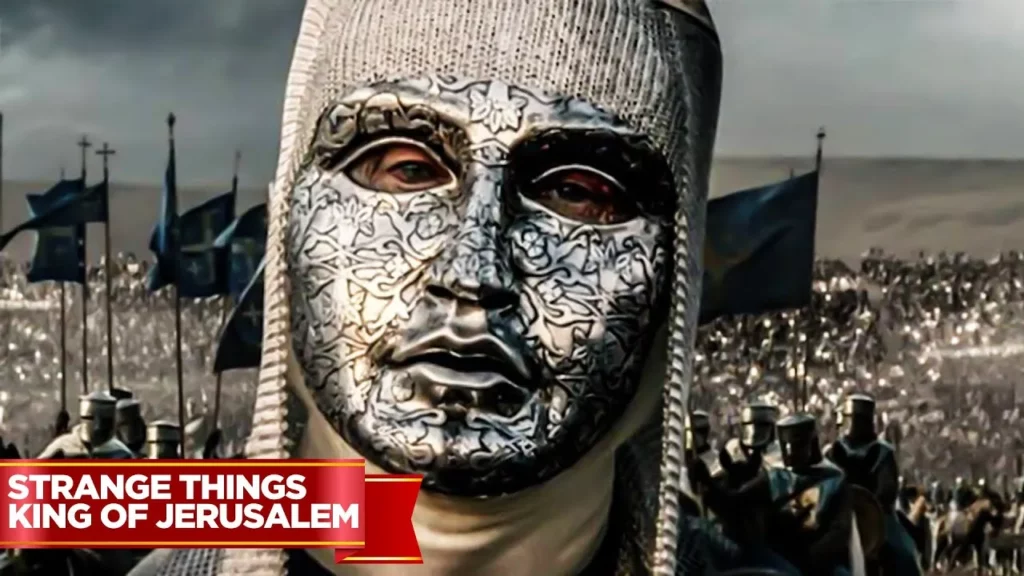
The lesson explores the life of Baldwin IV, the leper king of Jerusalem, highlighting his remarkable achievements despite his debilitating illness. Ascending to the throne at a young age, Baldwin demonstrated exceptional political acumen and military prowess, successfully defending the Holy Land against formidable adversaries like Saladin. His legacy, often overshadowed by his health challenges, invites a reevaluation of his contributions during a pivotal time in the Crusades.